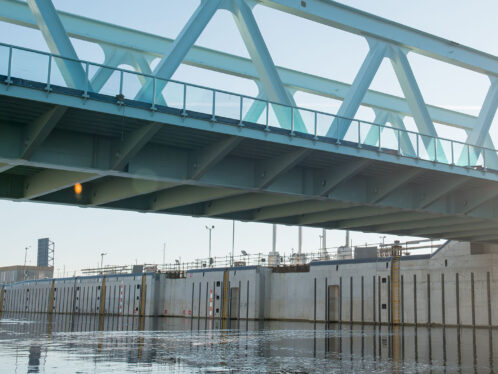
Docking splendour
Strolling along the dock of Monaco is a special experience. A line of yachts stretches along the quay, each yacht seemingly more magnificent, well polished and luxuriously equipped than the next. If it’s ll’heure de l’apéritif and the weather gods are benevolent, the flâneur can watch the well-to-do sip their martinis on the after-decks while the uniformed crew polish some brass detail.
Strolling along the dock of Monaco is a special experience. A line of yachts stretches along the quay, each yacht seemingly more magnificent, well polished and luxuriously equipped than the next. If it’s ll’heure de l’apéritif and the weather gods are benevolent, the flâneur can watch the well-to-do sip their martinis on the after-decks while the uniformed crew polish some brass detail.
These days the sightseer along the small principality’s harbour will likely see even more and even larger vessels. Despite its limited space and short waterfront, Monaco is looking to become the major port for yachts and cruise ships in the western Mediterranean. It took the first step in this direction with the arrival of a huge floating dock, delivered from Spain in the autumn of 2002.
The floating dock, which is thought to be the biggest of its kind in the world, weighs 160,000 tonnes and is 350 metres long. It consists of 44,700 cubic metres of concrete, 10,400 tonnes of ordinary steel and an additional 2,900 tonnes of steel for pre-stressing the concrete. The displacement is 165,000 tonnes, including solid and liquid ballast.
The floating dock will double the capacity of Monaco’s port and will make it possible for luxury cruise liners to dock in the harbour.
On the seaward end of the dock, a series of anchors holds the construction in place; on the harbour end, it is connected to the land harbour by an SKF spherical plain bearing designed and manufactured in close cooperation by SKF Roulements d’orientation (Avallon-France) and SKF Plain Bearings
(Germany) for NFM Technologies in Lyon, France. NFM is specialized in designing and manufacturing tunnel boring machines, but also in executing works such as the floating dike in Monaco. This bearing resembles a huge ball-and-socket joint, with a diameter of three metres and a weight of 48 tonnes. The sliding pads are made of polyamide reinforced with glass fibre and PTFE. The inner ring, or ball in this case, has also been coated with a non-corrosive material.
So the next time you go to Monaco and wander down to the port to sneak envious looks at the beautiful people and their
gorgeous yachts, remember to take an extra look at the connection between land and dock. You’re stepping over a three-metre bearing.




